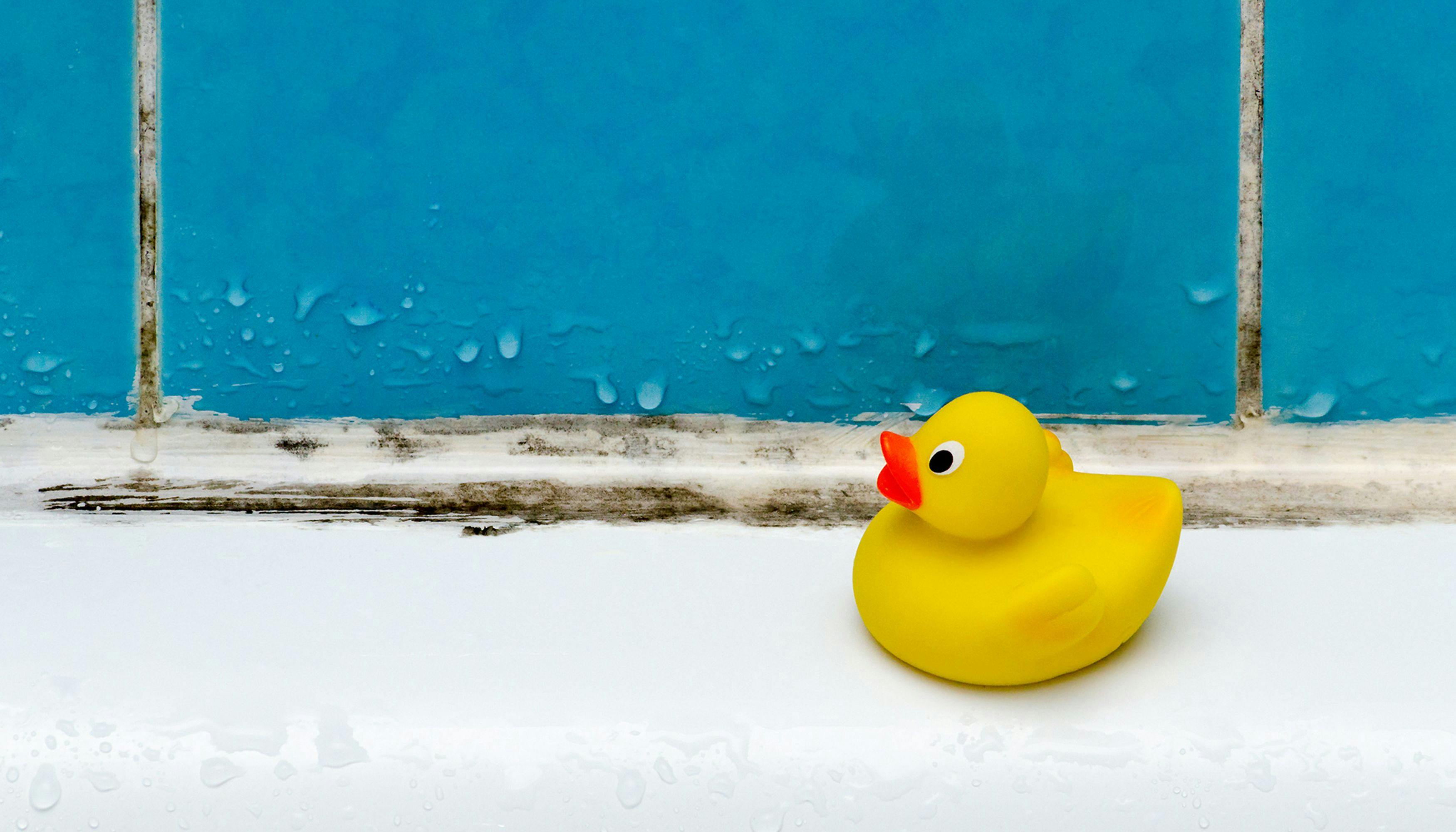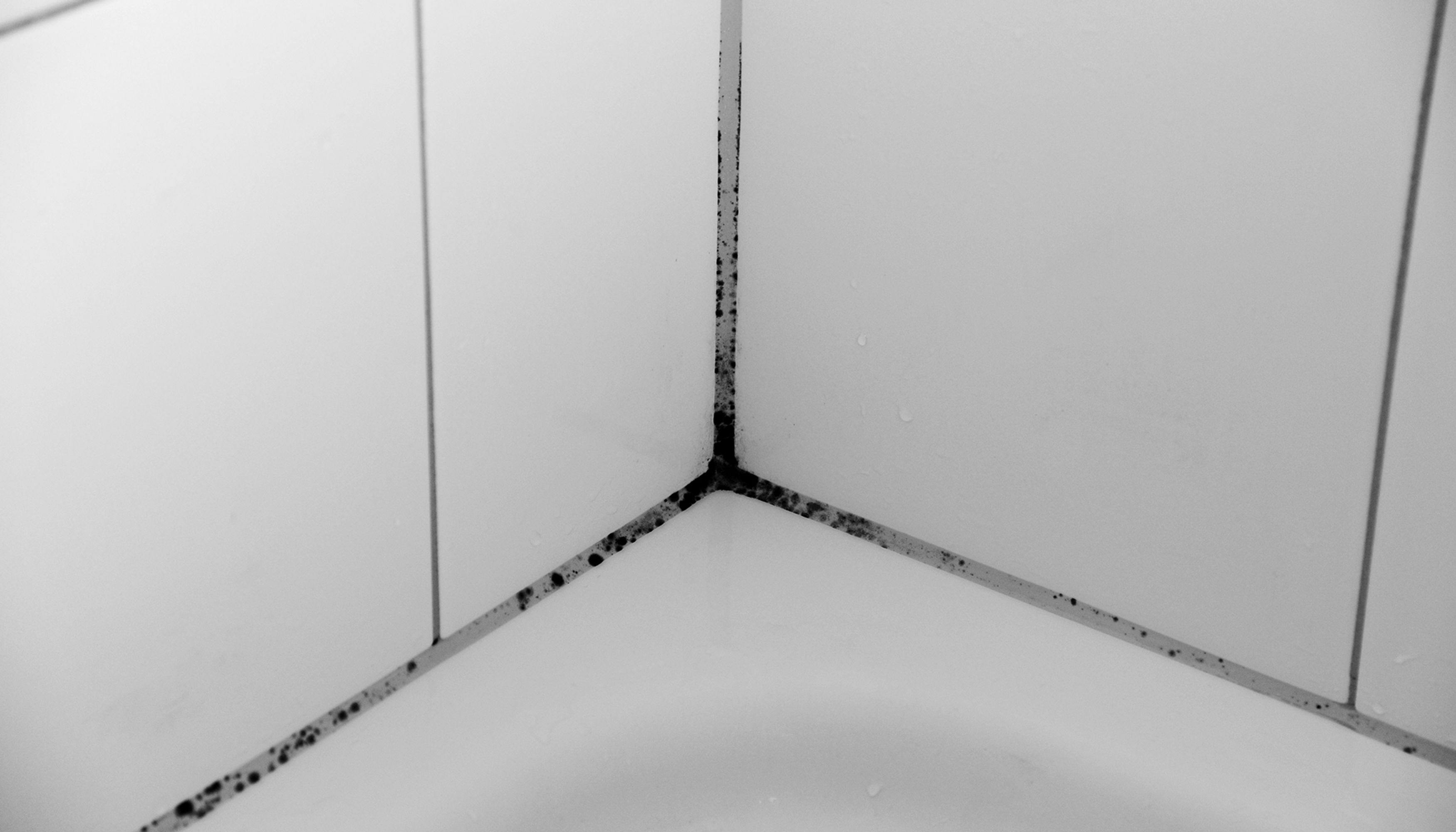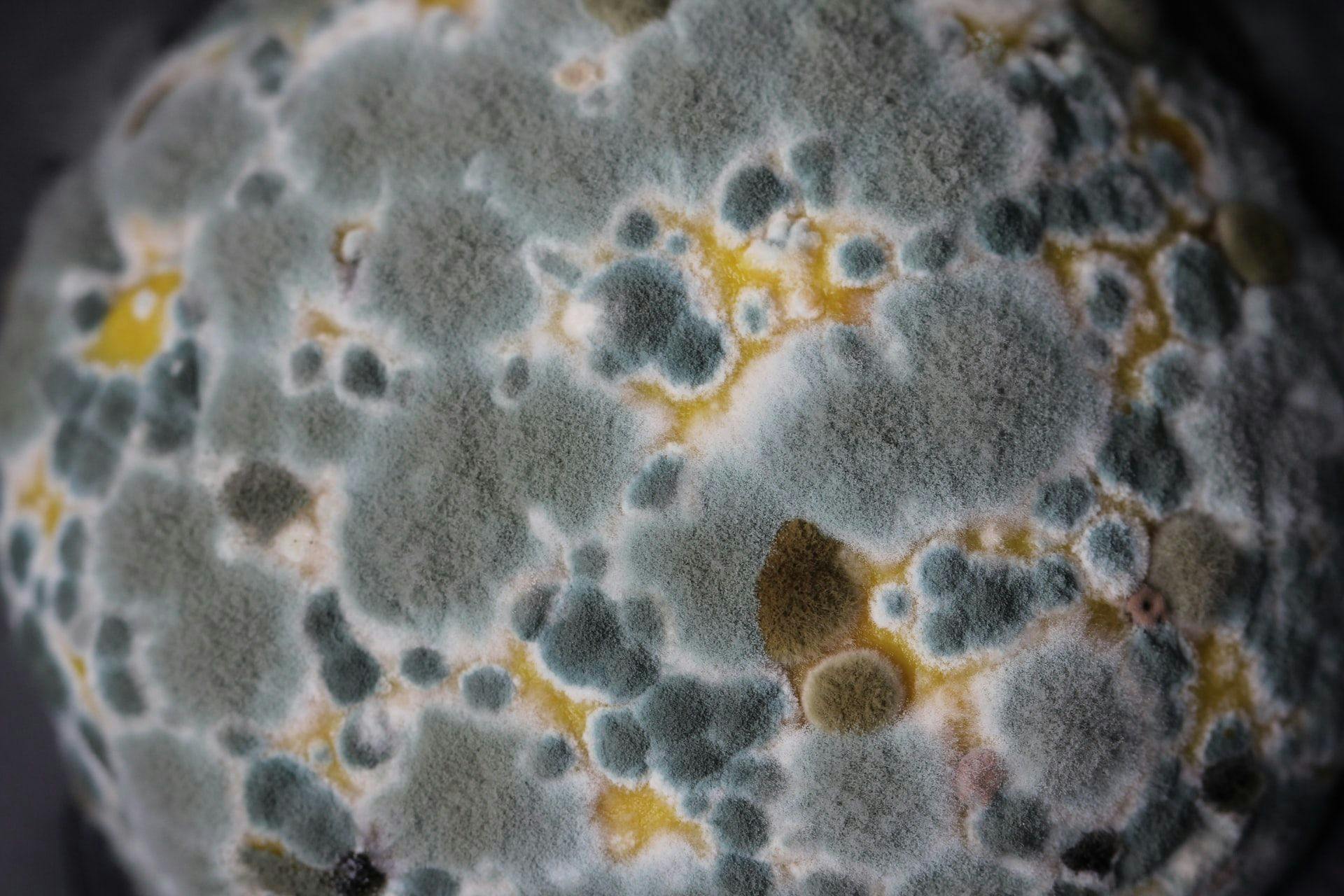Noticed some black spots appearing along your walls, windows or shower? It could be mould which is a type of fungus that appears in humid environments.
Mould is something that doesn’t just look unsightly but can cause respiratory issues and even a weakened immune system. Whether you own a commercial washroom or a residential property, taking measures to prevent mould and removing it as soon as it’s noticed is essential.
Unfortunately, mould can be difficult to eradicate completely. So even if you take steps to remove it, if you do not find why it occurred in the first place, it will likely keep on returning. In today’s post, we’ll be covering everything you need to know about mould so you can get rid of it for good.

What Causes Mould?
Approximately 85% of mould is caused by condensation. Excess water can be created through the likes of baths, showers and cooking. Hence, it could be the case that the cause of the mould isn’t in the room itself. For example, if your washroom contains a shower then an office room next door could have black mould in the window frames. Most homeowners will notice mould in the bedroom walls all around the windows, with the culprit being the kitchen and bathroom.
The answer as to why mould is appearing is not just because of the moisture in the area, but rather a lack of removal of this moisture. Both ventilation and extraction are needed to remove excess moisture from the air. It is now a regulation to have an extractor fan fitted in bathrooms and kitchens, and the device should be switched on whenever steam is being generated so that it doesn’t escape into other rooms of the property and cause mould.
Ideally, you should also make sure to leave windows open regularly too, as this will ensure fresh air is circulating. You may also want to upgrade your windows if condensation is forming on the inside too.
Mould can also be caused by water seeping into the walls due to faulty mortar or cracked rendering, and leaky gutters can also create mould issues too. This is why you must have an expert identify the cause if it’s not immediately obvious, especially if you already have a working extraction system in place.
Here's a quick guide on ventilation when your washroom does not have a window installed.

How To Remove Mould
Once you have identified the cause and rectified the mould causing the issue, you need to remove the mould from your walls, around your windows or within your tile grout depending on the location.
It’s possible to buy specialist mould removing sprays, though some experts also advise using bleach. You may need to wear protective clothing and eye gear while using mould removing products, as the chemicals can be an irritant to the eyes and skin.
Another option is to remove the offending layer of wallpaper, grout or plaster though this will incur a larger cost. However, it will ensure that all mould particles have been removed. Any items of furniture or clothing covered in mould should be thrown away.
If mould is occurring in a room in which you sleep, then it’s good to know that humans produce approximately 40g of water vapour per hour. So to stop the mould from coming back after you’ve removed it, you’ll need to have adequate ventilation such as leaving the window slightly ajar or at the very least invest in a dehumidifier.
Washroom Installation UK
Mould isn’t something that any property owner wants to deal with. However tackling the problem head-on and ensuring it won’t return is far better than letting it develop, potentially causing health problems for those who come into contact with it in the process.
If you need further advice on creating a mould-free washroom, then we’re here to help. Inspired Washrooms installs commercial washrooms across the UK. If you’re interested in having a washroom designed and installed for your building, or if you require further help or advice on anything we’ve mentioned above, we’re here to help.
Please get in touch on 0115 811 4242 and our friendly team will get back to you.

